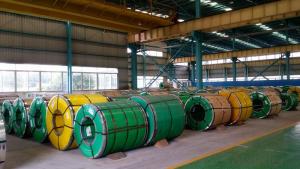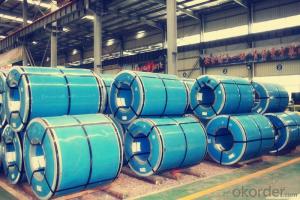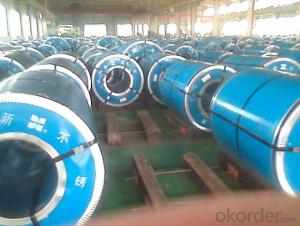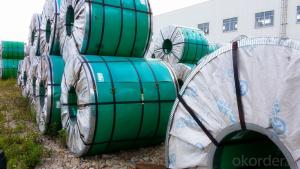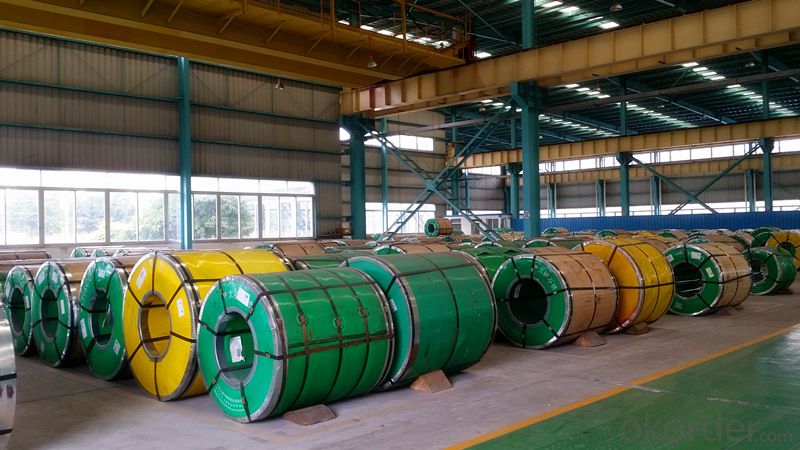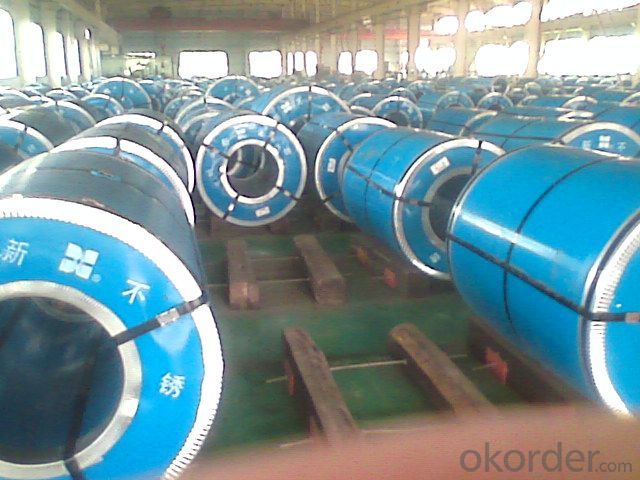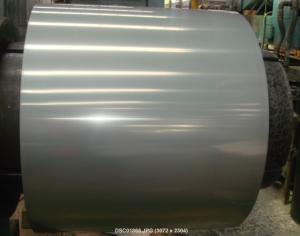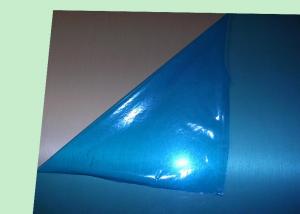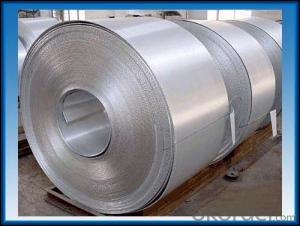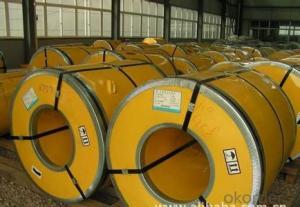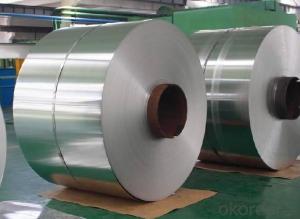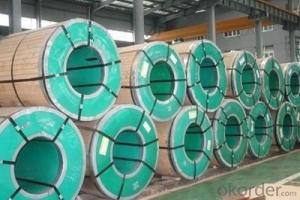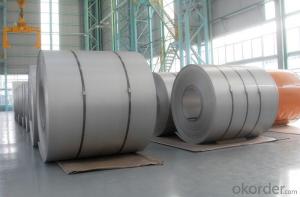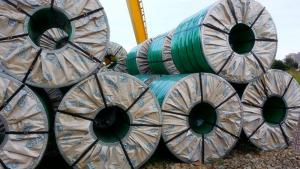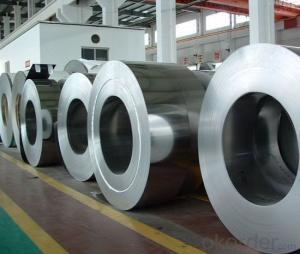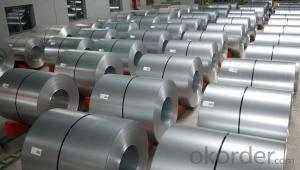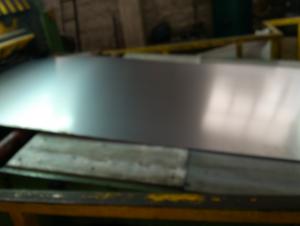Stainless Steel Coil 430 Surface No.1 Hot Rolled Coil
- Loading Port:
- Guangzhou
- Payment Terms:
- TT OR LC
- Min Order Qty:
- 100 m.t.
- Supply Capability:
- 5000 m.t./month
OKorder Service Pledge
OKorder Financial Service
You Might Also Like
Article | Hot Rolled Stainless Steel Coil 430R |
Grade | 400 series |
Specification | 1m, 1.2m, 1.5m |
Surface | No.1 |
Type | Sheet / Coil |
Width | 1000mm, 1219mm, 1240mm, 1500mm |
Thickness | 2.5mm,3.0mm, 4.0mm |
Brand name | CNBM |
Parking | seaworthy wooden pallets or wooden cases,in 20' or 40' container or as per customers' requirements |
Payment | 30% in advance,70% after shipping, or L/C at sight |
Delivery Time | Stock materials, within7-15 days after received the deposit of T/T or L/C |
Hot Rolled Stainless Steel Coil 430R No.1 Finish
- Q: What is the price range of stainless steel strips?
- The price range of stainless steel strips can vary depending on factors such as size, thickness, grade, and quantity. Generally, stainless steel strips can range from a few dollars per square foot to several hundred dollars per square foot. It is recommended to check with suppliers or manufacturers for specific pricing details.
- Q: Can stainless steel strips be used for electrical connectors?
- Yes, stainless steel strips can be used for electrical connectors. Stainless steel is a highly conductive material that offers excellent corrosion resistance and durability, making it a suitable choice for electrical connectors.
- Q: What are the environmental impacts of using 111 stainless steel strips?
- The environmental impacts of using 111 stainless steel strips include the extraction of raw materials, energy consumption in manufacturing, emissions of greenhouse gases during production processes, and potential waste generation. Additionally, the disposal of stainless steel strips at the end of their life cycle can contribute to landfill waste. However, stainless steel is highly durable, corrosion-resistant, and recyclable, which helps mitigate some of its environmental impacts compared to other materials.
- Q: Can 111 stainless steel strips be polished to a mirror-like finish?
- It is indeed possible to achieve a mirror-like finish on 111 stainless steel strips. However, the key factors that determine this outcome are the quality of the stainless steel strips and the polishing method employed. Stainless steel possesses inherent qualities such as a smooth surface and resistance to corrosion, which enable it to be polished to a high shine. Nevertheless, attaining a mirror-like finish necessitates a meticulous polishing process that involves several stages of abrasive materials and polishing compounds. By employing the appropriate equipment and technique, it becomes feasible to polish 111 stainless steel strips to a mirror-like finish, resulting in an exceptionally reflective and aesthetically pleasing surface.
- Q: What are the common applications of stainless steel strips?
- Due to their diverse advantageous properties, stainless steel strips find a wide range of applications. Here, we present some prevalent uses of stainless steel strips: 1. Construction: The construction industry extensively employs stainless steel strips for multiple purposes. These strips are commonly utilized in structural components, roofing, cladding, and architectural features. Their resistance to corrosion, durability, and aesthetic appeal make them highly desirable in this field. 2. Automotive industry: In the automotive sector, stainless steel strips are utilized for manufacturing components such as exhaust systems, trim, grills, and fuel tanks. Their ability to withstand heat, corrosion, and impact makes them an ideal choice, ensuring the longevity and safety of vehicles. 3. Kitchen appliances: Stainless steel strips are widely incorporated in the production of kitchen appliances, including countertops, sinks, cookware, and utensils. Their corrosion resistance, ease of cleaning, and hygienic properties make them a popular option in the food industry. 4. Medical equipment: The manufacturing of medical instruments and equipment heavily relies on stainless steel strips. These strips are preferred due to their biocompatibility, non-reactive nature, and resistance to sterilization methods. Consequently, they are suitable for surgical tools, implants, and medical devices. 5. Electronics: In the electronics industry, stainless steel strips are employed for various applications, such as connectors, terminals, springs, and shielding. Their electrical conductivity, durability, and resistance to corrosion make them ideal for these purposes. 6. Oil and gas industry: The oil and gas industry commonly employs stainless steel strips for manufacturing pipes, tanks, valves, and other equipment. The strips' resistance to corrosion and high temperatures makes them suitable for harsh environments, ensuring equipment integrity. 7. Aerospace industry: Stainless steel strips play a crucial role in the aerospace industry when manufacturing aircraft components, including structural parts, fasteners, and fittings. The strips' high strength-to-weight ratio, resistance to extreme temperatures, and corrosion resistance contribute to aircraft safety and performance. 8. Decorative and architectural purposes: Stainless steel strips are utilized for decorative purposes in architecture and interior design. They can be shaped, polished, and finished to create attractive and long-lasting features, such as handrails, elevator panels, signage, and sculptures. These examples showcase the common applications of stainless steel strips. Their versatile properties make them invaluable in various industries where strength, corrosion resistance, hygiene, and aesthetics are paramount.
- Q: Can stainless steel strips be recycled?
- Yes, stainless steel strips can be recycled. Stainless steel is a highly recyclable material as it retains its properties and strength even after being melted and reprocessed. The recycling process involves collecting the stainless steel strips, sorting them according to their composition and thickness, and then melting them down in a furnace to remove impurities. Once the impurities are removed, the molten stainless steel is solidified and transformed into new stainless steel products or components. Recycling stainless steel not only conserves natural resources but also reduces the energy and emissions required to produce new stainless steel from raw materials, making it an environmentally friendly choice.
- Q: What are the common uses of stainless steel strips in the aerospace structural components?
- Stainless steel strips are commonly used in aerospace structural components due to their high strength, corrosion resistance, and durability. They are used in various applications such as fasteners, brackets, supports, and reinforcements, providing structural integrity and stability to aircraft components. Additionally, stainless steel strips are utilized in the manufacturing of fuel tanks, exhaust systems, and engine parts, where their resistance to extreme temperatures and chemicals is essential.
- Q: How do you prevent galvanic corrosion of stainless steel strips?
- One effective method to prevent galvanic corrosion of stainless steel strips is by isolating them from any dissimilar metals. This can be achieved through the use of insulating materials such as non-conductive coatings or gaskets. Additionally, regular cleaning and maintenance to remove any foreign particles or contaminants that could initiate corrosion can help protect the stainless steel strips.
- Q: Are stainless steel strips resistant to phosphoric acid?
- Yes, stainless steel strips are generally resistant to phosphoric acid.
- Q: What are the recommended protective measures for transporting 111 stainless steel strips?
- When transporting 111 stainless steel strips, it is essential to take certain protective measures to ensure their safety and prevent any damage. Here are some recommended protective measures: 1. Packaging: Proper packaging is crucial to protect the stainless steel strips during transportation. Each strip should be individually wrapped or sealed to prevent scratching or rubbing against each other. Consider using plastic wrap, foam sheets, or bubble wrap for added protection. 2. Secure the load: Securely fasten the packaged stainless steel strips to prevent movement or shifting during transportation. Use straps, ropes, or other appropriate fastening materials to hold the load in place. 3. Use pallets or crates: If possible, transport the stainless steel strips on pallets or in crates. This helps distribute the weight evenly and provides an additional layer of protection. Ensure that the pallets or crates are in good condition and sturdy enough to support the weight of the strips. 4. Avoid moisture: Stainless steel is prone to corrosion when exposed to moisture. Protect the strips from rain, snow, or any other form of moisture during transit. Use waterproof covers or tarps to shield the strips from environmental elements. 5. Consider temperature control: If the transportation involves extreme temperatures, it is advisable to control the temperature inside the transport vehicle. Stainless steel can expand or contract with temperature fluctuations, potentially causing damage. Maintain a controlled environment to minimize these effects. 6. Handling precautions: During loading and unloading, handle the stainless steel strips with care to prevent any bending, denting, or other forms of damage. Use appropriate lifting equipment and ensure proper training for the personnel involved in handling the strips. 7. Insurance coverage: Consider obtaining insurance coverage for the transportation of the stainless steel strips. This provides financial protection in case of any unforeseen accidents or damages during transit. It is important to consult with transportation experts or professionals experienced in handling stainless steel strips to ensure the best protective measures are implemented. Their expertise can help minimize the risk of damage and ensure the safe transportation of the stainless steel strips.
Send your message to us
Stainless Steel Coil 430 Surface No.1 Hot Rolled Coil
- Loading Port:
- Guangzhou
- Payment Terms:
- TT OR LC
- Min Order Qty:
- 100 m.t.
- Supply Capability:
- 5000 m.t./month
OKorder Service Pledge
OKorder Financial Service
Similar products
Hot products
Hot Searches
Related keywords
